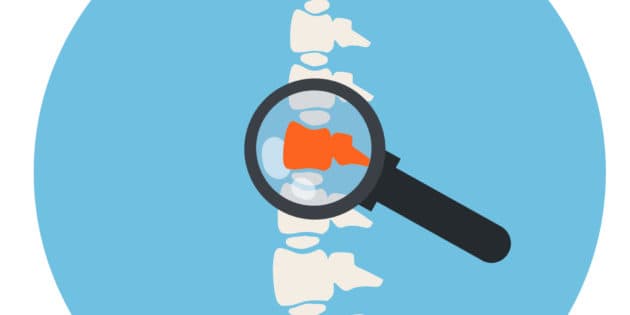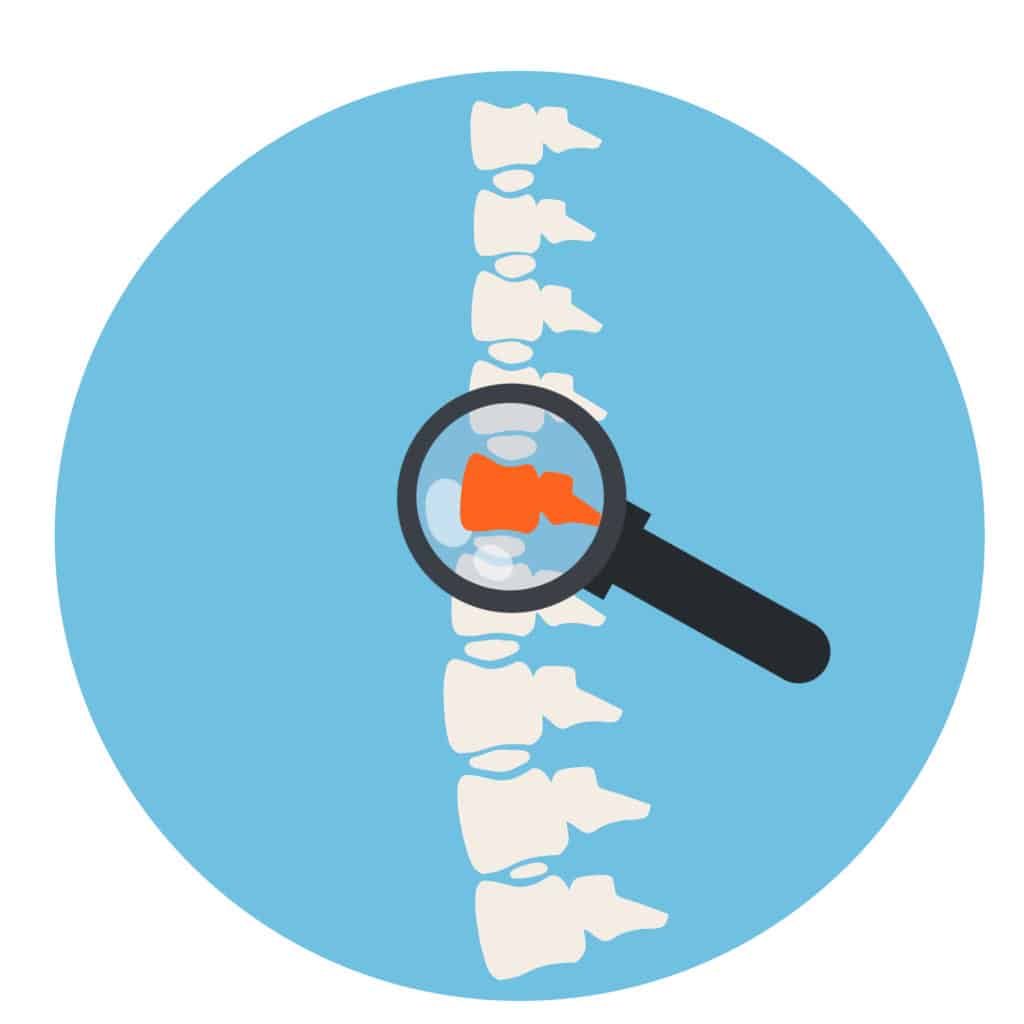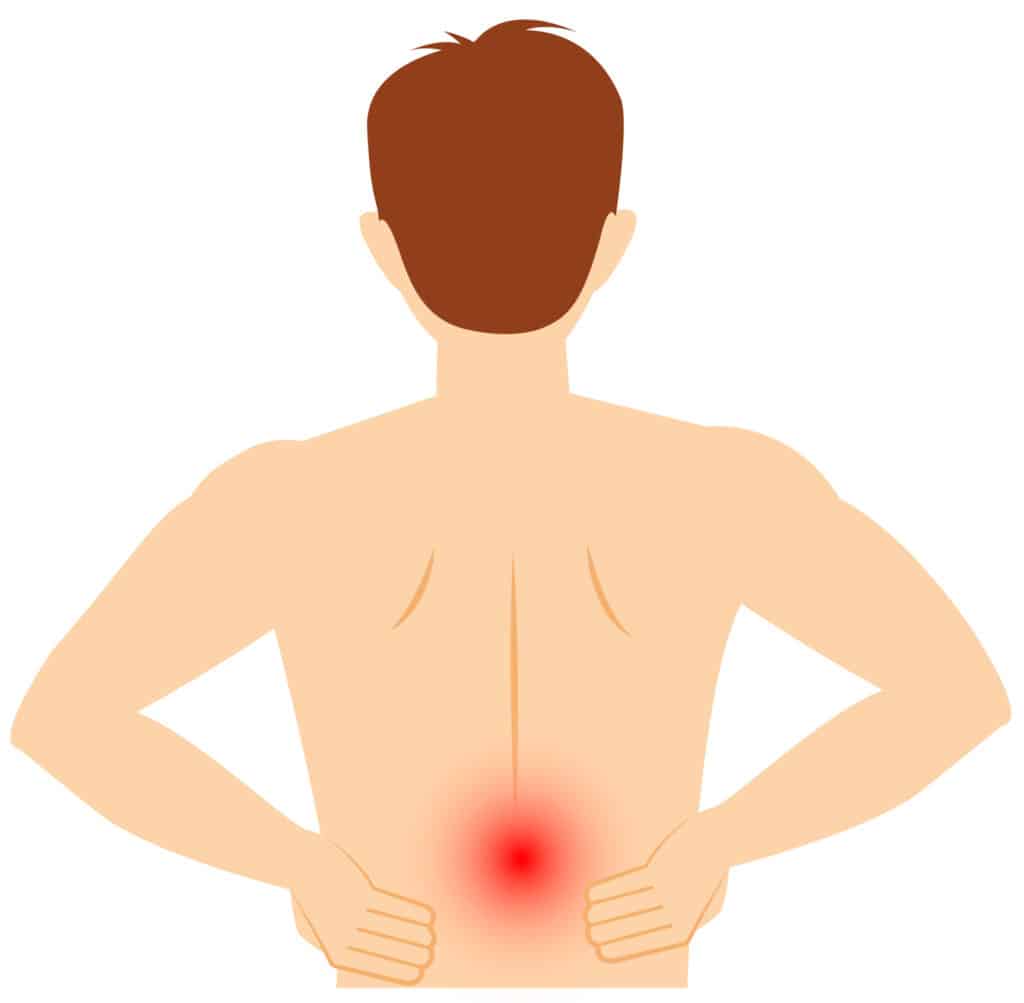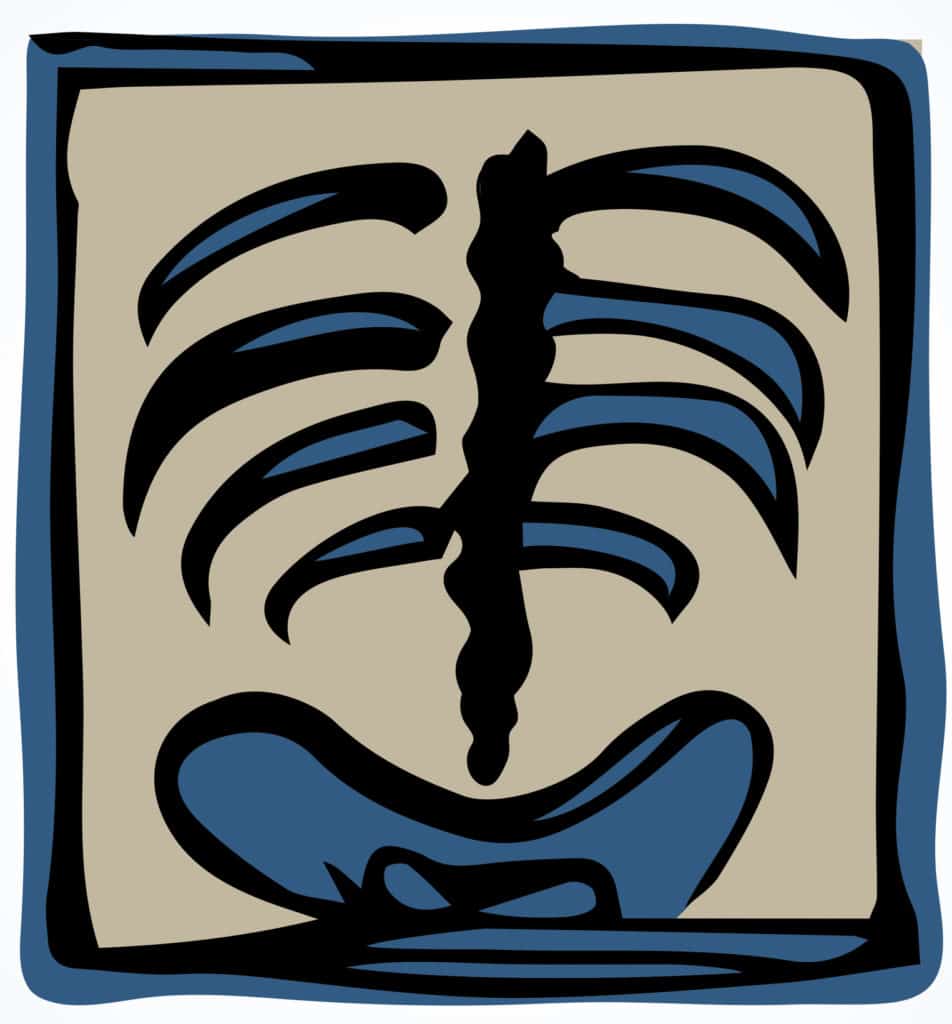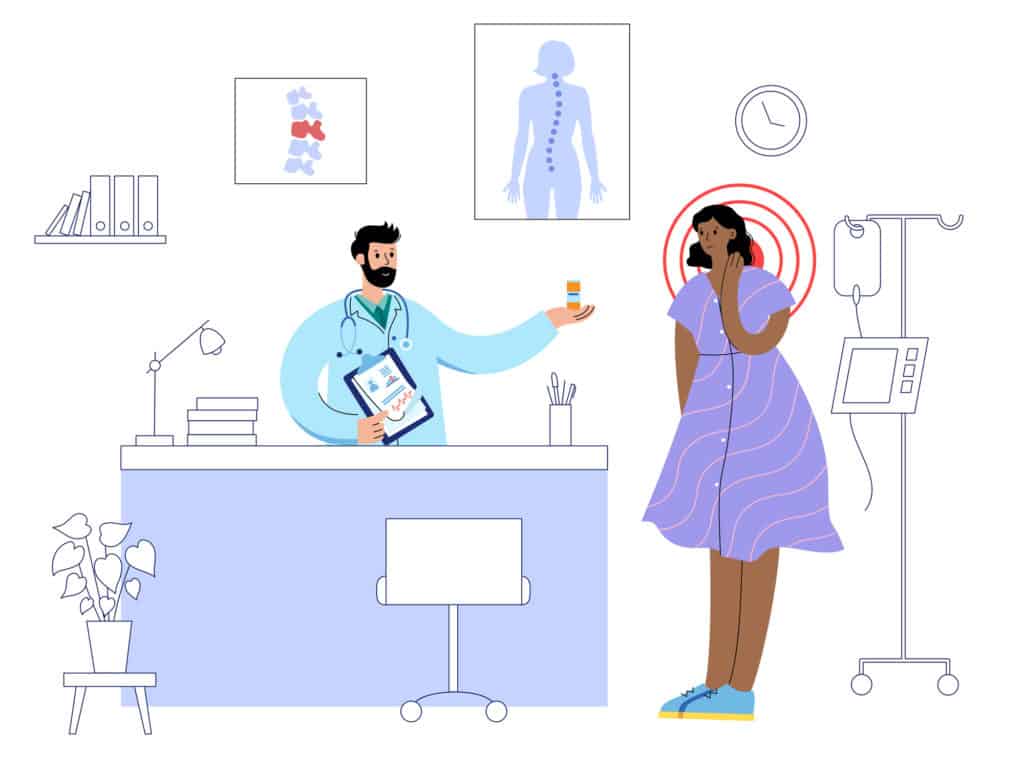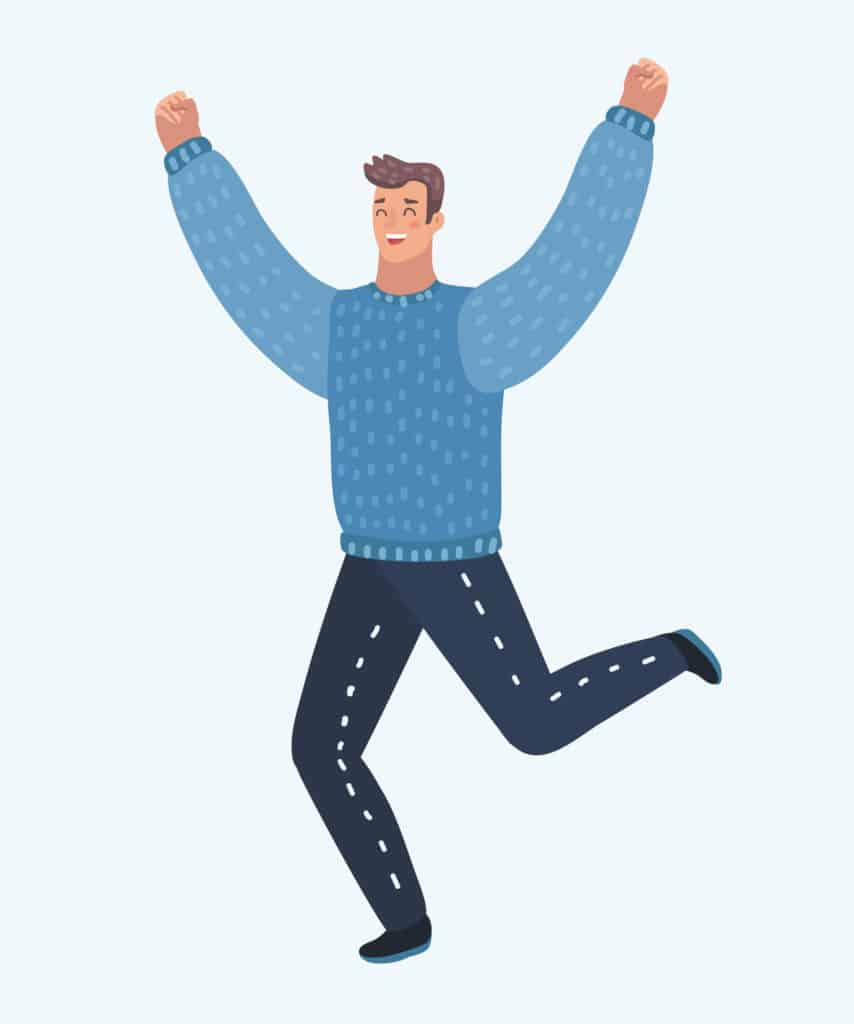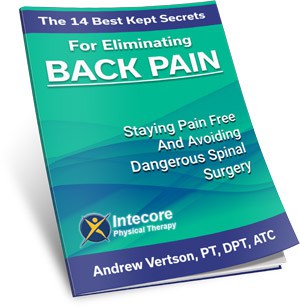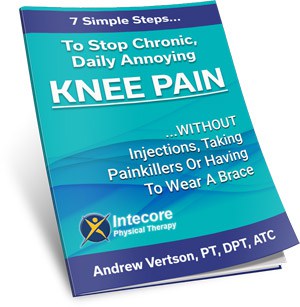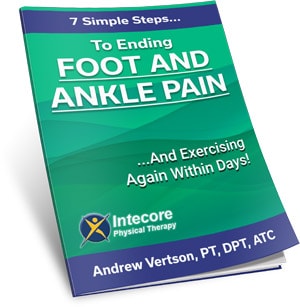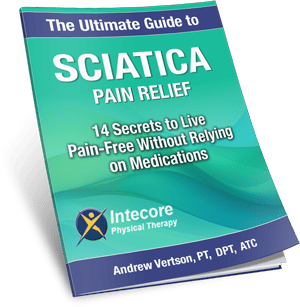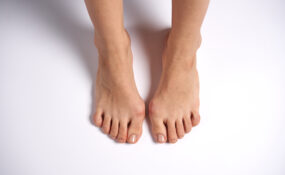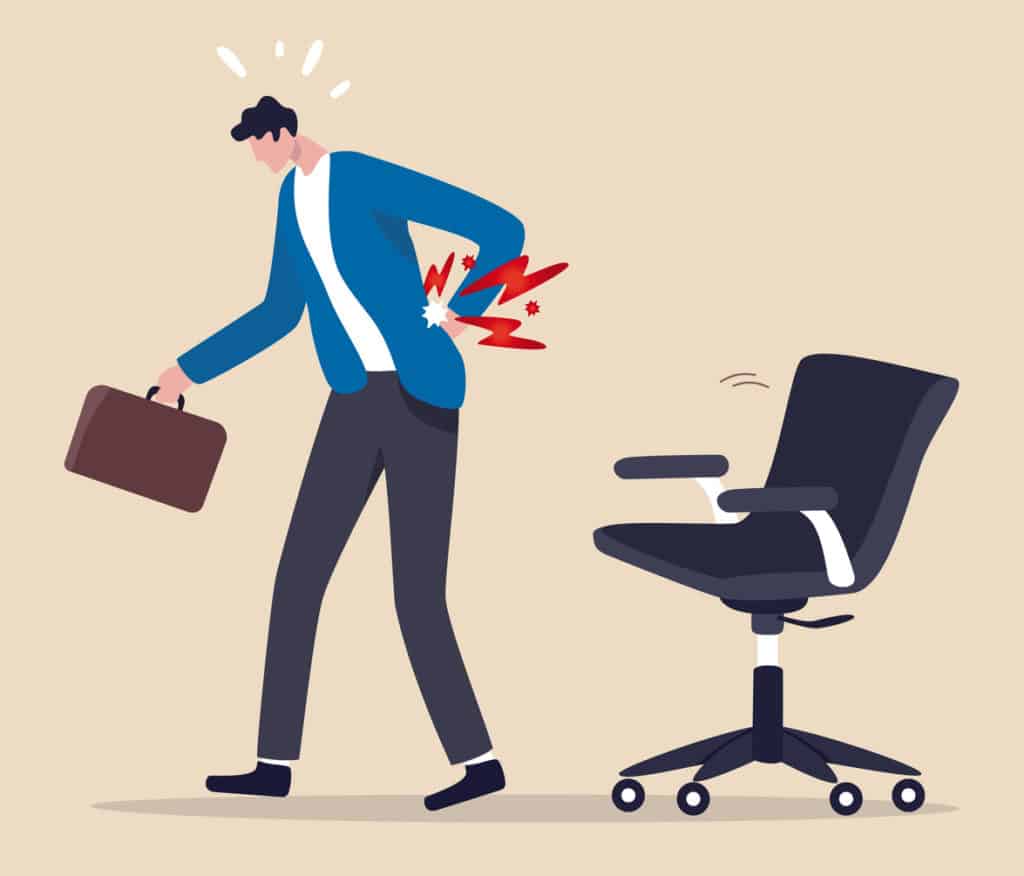
Have you or someone you love been diagnosed with “spinal arthritis”?
Arthritis is a chronic medical condition that generally occurs in people over 50 years of age. It is frequently linked to obesity, leads to wear and tear of the spinal discs, and can be a catalyst to trips, falls, immobility, sickness, and injury.
But not all cases of arthritis occur in people aged 50+. Some people are genetically predisposed to certain types of arthritis. In other instances, arthritis spontaneously develops with no known cause.
Patients suffering from arthritis experience daily stiffness and pain and face difficulty when going about their daily routine. Like pain, discomfort, and reduced mobility when bending, carrying weights, playing sports, working, or walking.
But the good news is that physical therapy can help you manage arthritis, reduce discomfort, and increase your mobility.
What Is Arthritis Of The Spine?
When we age, our spinal discs (the cushioned gel in between the spinal cord bones) can develop wear, start to bulge, or narrow down in shape. If any of these changes occur, they can strain the ligaments, cartilages, and joints in the back, resulting in pain.
In cases of arthritis where a spinal disc narrows, there is a reduction of space between the spine joints known as ‘Facet Joints.’ Because of this, weight increases on the joints with the cartilage over the surface, facing wear and tear, resulting in the type of arthritis most associated with wear and tear, osteoarthritis.
In the later stages of osteoarthritis, the body naturally tries to repair itself by forming new bone. We refer to this growth as a bone spur.
Unfortunately, the development of spurs can lead to a medical condition called spinal stenosis. Like arthritis, we primarily find this condition in women and men that are over 50 years old. If the spurs grow, they lead to space narrowing within the spine.
When this happens in a large or small section, pressure is generated on the joints and nerves, leading to symptoms like numbness, tingling, burning sensation, and pain.
What Are The Symptoms Of Arthritis Of The Spine?
The symptoms associated with arthritis of the spine differ from one patient to another – ranging from mild to severe pain. But specific symptoms also depend on the type of arthritis you have.
Osteoarthritis
Osteoarthritis is a chronic condition that causes your joints to become sore and stiff. The joints most affected by osteoarthritis are the fingers, hips, knees, wrists, and ankles.
It’s sometimes referred to as “wear and tear” arthritis – due to the connection with aging or chronic overuse of the joints caused by repetitive movements in physical labor and sports.
Some patients suffering from osteoarthritis may not even be symptomatic in the early stages as the progression of osteoarthritis can be quite delayed. In the initial stages, the symptoms may only manifest intermittently.
For example, it could begin with numbness, stiffness, or dull pain upon sitting for an extended period, walking, or after any strenuous activity.
It might also affect your posture. In more advanced stages of osteoarthritis, pain levels increase. The symptoms are more pronounced and affect mobility and daily activities.
Rheumatoid Arthritis
Unlike osteoarthritis that occurs due to wear and tear, rheumatoid arthritis is different. The symptoms are similar, but Rheumatoid Arthritis is an auto-immune disease that attacks the joints in your hands, feet, and wrist (most commonly).
It can cause intense swelling, pain, and discomfort. Doctors are unsure what causes the condition, but we more commonly see it in women who smoke or have a family history of rheumatoid arthritis.
If you have rheumatoid arthritis, you’re likely to have “flare-ups” when your symptoms are worse than at other times. Symptoms include swollen joints in the fingers, ankles, or wrists, which usually occur on both sides of the body.
Spondylarthritis
Spondylarthritis refers to a group of inflammatory conditions that cause arthritis-like symptoms, commonly affecting the spine. They include:
- Reactive Arthritis: This type of arthritis usually occurs in response to an infection somewhere in the body – most likely in the genitals in the form of an STI (sexually transmitted infection) or an infection in the bowels. Symptoms vary, but most patients present with pain and discomfort in the lower back.
- Ankylosing Spondylitis: This type of arthritis explicitly affects the spine and the spinal bones at the bottom of the spine. Symptoms include pain that improves with exercise, pain and stiffness on waking, and pain around the buttocks and lower back.
- Enteropathic Arthritis: This type of arthritis occurs explicitly in patients with Inflammatory Bowel Disease (IBD), and flare-ups tend to co-occur, so when bowel symptoms occur, enteropathic arthritis usually “flares” too.
- Psoriatic Arthritis: This type of arthritis is associated with the inflammatory skin condition psoriasis. It is an auto-immune disease where the body attacks its cells. As a result, it presents with a red, scaly, and itchy rash on the skin. The arthritic element of psoriatic arthritis usually affects the joints where the rash appears on the arms, legs, or torso, but it can affect the spine too.
The most common symptoms of spinal arthritis are:
- Consistent back or neck pain
- Stiffness after remaining inactive, getting up from the bed, or with any spinal movement
- Increased pain when walking or standing that diminishes when lying down or sitting.
- Increase pain on waking up in the morning, after performing physical activity, or after a long period of rest. At a more advanced stage, the symptoms do not diminish upon resting and can cause sleep interference.
- Painful tingling or burning sensations that travel to the arm, shoulder, legs, or buttocks
- Interferes with routine activities like standing, walking, bathing, and dressing when osteoarthritis advances.
How Do We Diagnose Arthritis Of The Spine?
To diagnose arthritis of the spine, your doctor or physical therapist will ask you a series of questions and thoroughly evaluate your physical symptoms. Some of the questions we ask include:
- Your medical history and any prescribed medication
- Your daily activities and functions
- When and how the symptoms began
- The location of the symptoms and how long you have had them
- How does the pain begin, and does it worsen with specific movements?
During the physical aspect of the consultation we:
- Examine your posture and the range of motion in your spine
- Evaluate your balance to assess any risk of falling
- Ask you to perform certain activities and observe your movements
- Examine nerve functioning along with sensation, reflex, and strength
- Examine the spinal movement and hands or legs linked to the affected region
The information we gather from the questions and the physical evaluation help us plan the best course of treatment for you. But we may also need to refer you to a doctor for further tests. These tests may include an MRI, CT scan, or X-rays.
How Can Physical Therapy Help With Arthritis Of The Spine?
Physical therapy helps relieve the symptoms and delays the progression of arthritis in the spine in the following ways:
Heat Therapy: We might recommend hot/cold therapy to the affected area to reduce your pain and swelling.
Managing symptoms: We create an individualized exercise program for you at home and under supervision at the clinic, based on your specific set of symptoms. These practical exercises help improve your mobility and do so without risking further injury or increasing your pain.
Improve Balance: We introduce specific movements and activities to improve your balance and increase stability to prevent trips, falls, or further injury. We also prescribe a low-impact fitness routine for you to strengthen the spine, hip, and abdomen muscles to increase mobility and improve balance.
Stretching: We also recommend specific stretching movements based on your physical evaluation. Stretching in collaboration with strengthening is the perfect combination to reduce symptoms and delay the progression of spinal arthritis.
Use of braces or taping: If you have advanced spine arthritis, we might recommend taping or using special braces to support your joints.
Training for daily activities: Daily activities can become a challenge if you have advanced arthritis or the spine. We help train you to get up from the bed, bathtub, or chair and bend or pick up objects with greater ease.
Weight control: For those suffering from obesity, there can be more significant impairment in the spinal cord. If that is the case for you, we may recommend reducing weight or refer you to a nutritionist for help to lose excess weight.
Manual therapy: During your physical therapy sessions, your Physical Therapist may use gentle manual techniques like light massages to reduce stiffness and improve flexibility in your spine and surrounding muscles and joints.
But as each case of arthritis of the spine is different, your PT will decide the best course of treatment for you based on their physical evaluation of your symptoms.
How To Get In Touch
We want to help you! Don’t sit about waiting for things to get worse when you could book a free discovery session now.
Take the first steps towards a better, healthier future. We’re only a phone call away.
We look forward to helping you!
- 7 Ways to Get Rid of Tension Headaches Naturally - July 1, 2025
- Why Are My Feet Swollen? Common Causes Explained - June 2, 2025
- What Is Restless Leg Syndrome? Symptoms, Causes, and Relief Options - May 5, 2025

